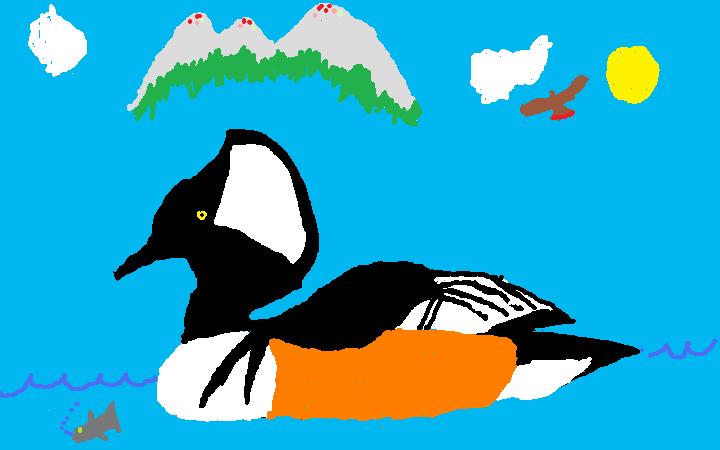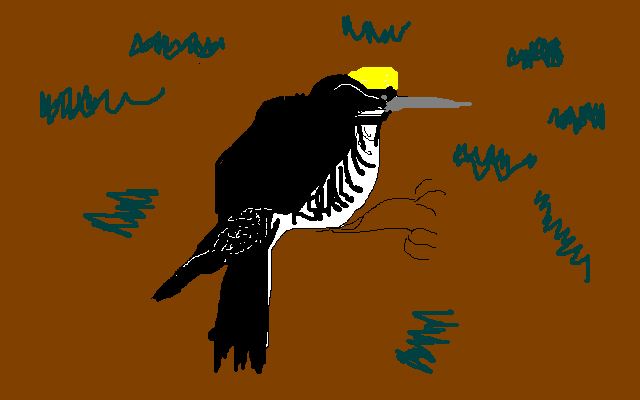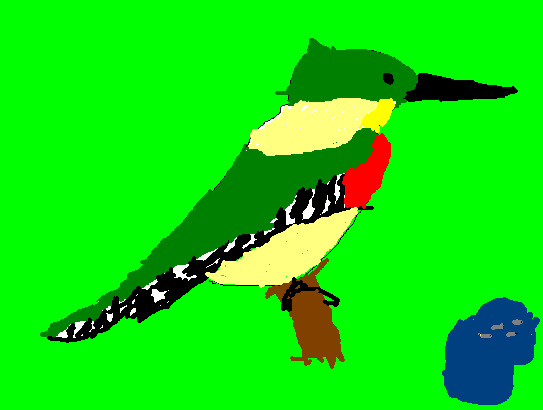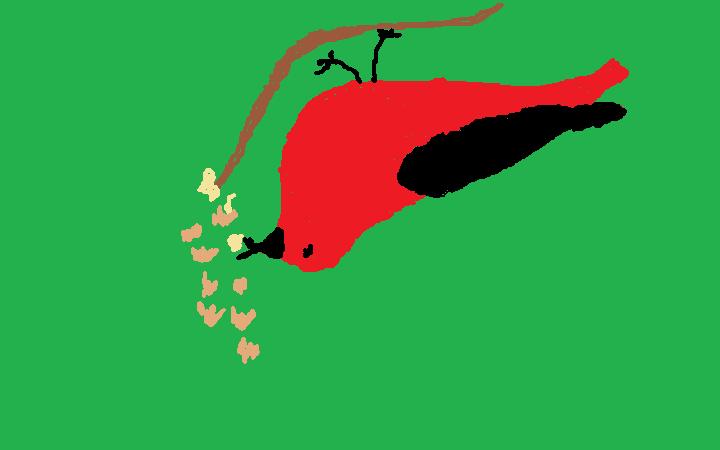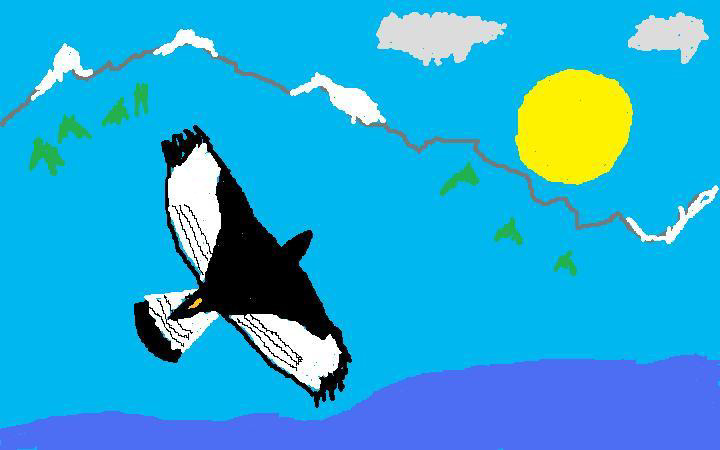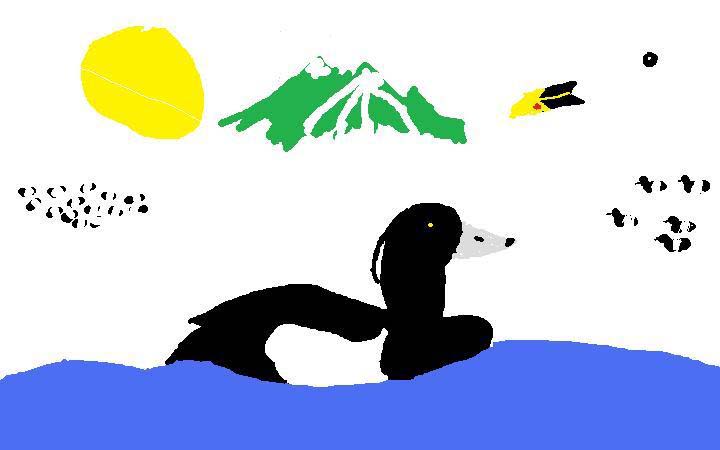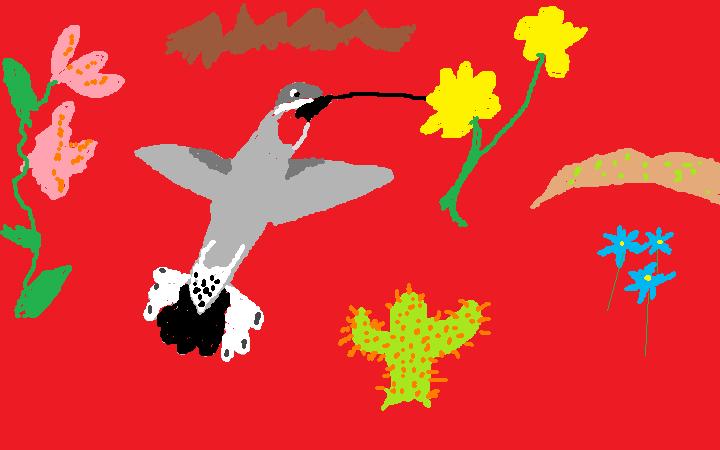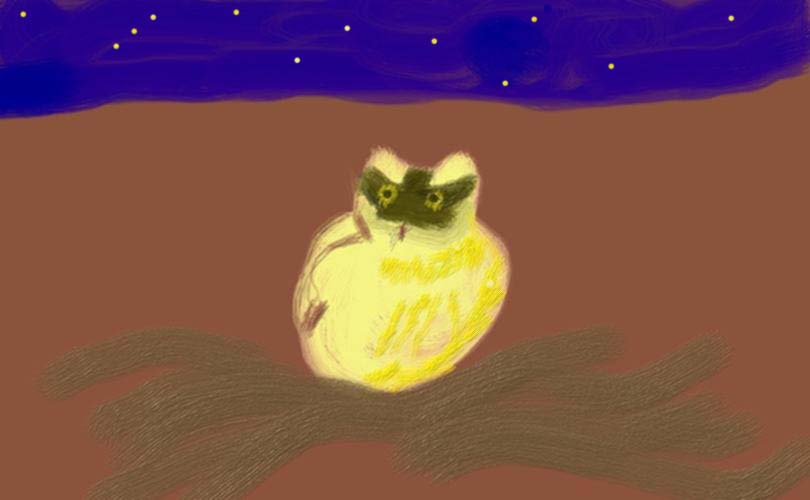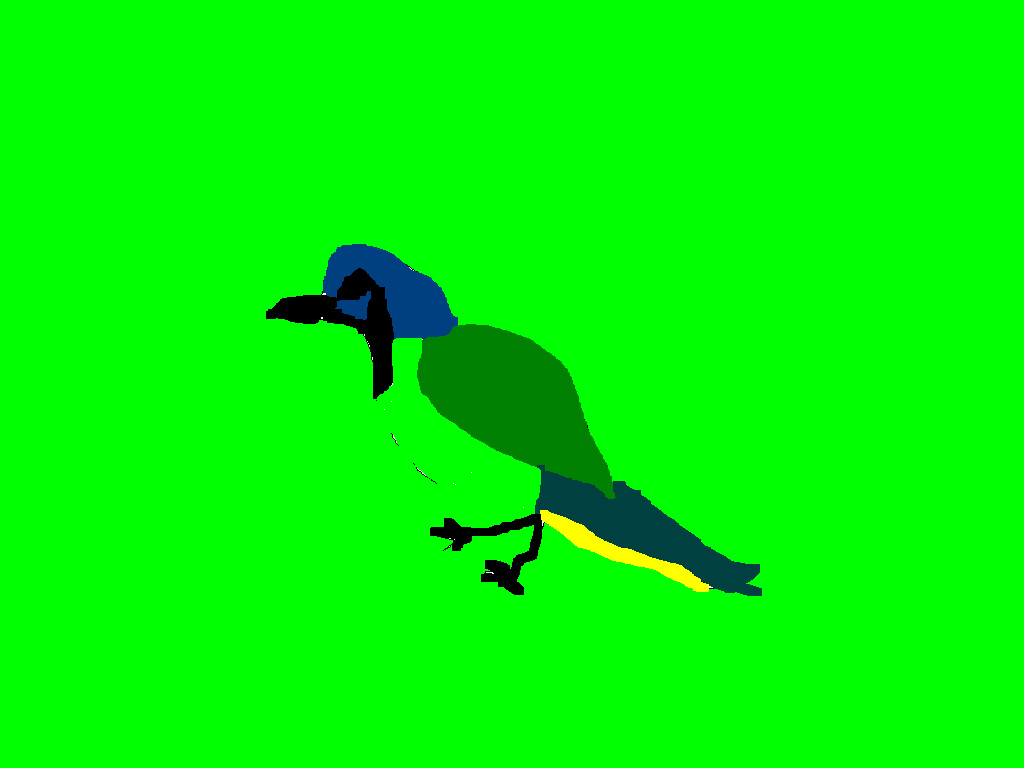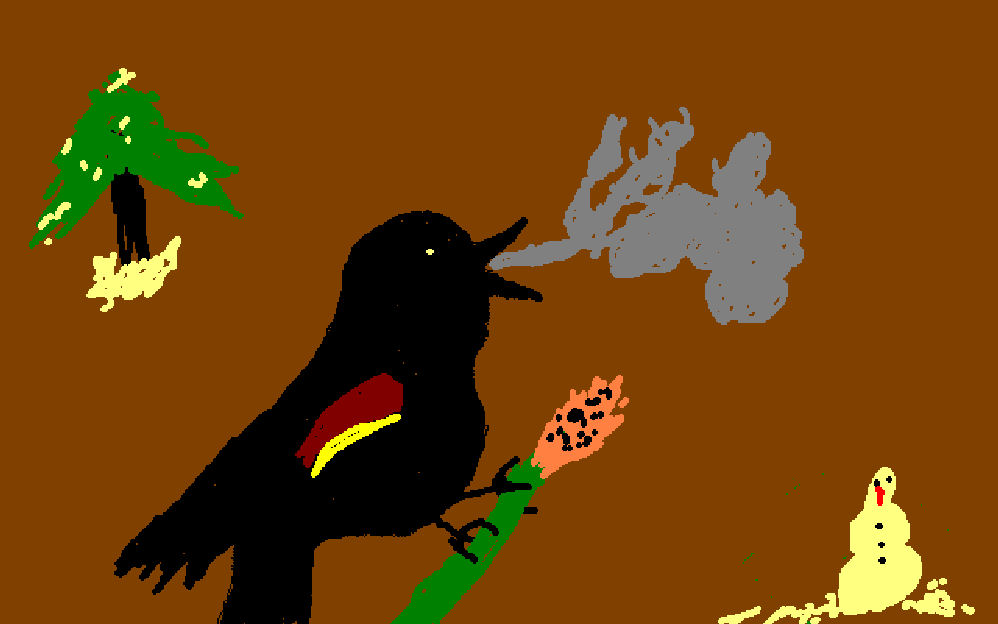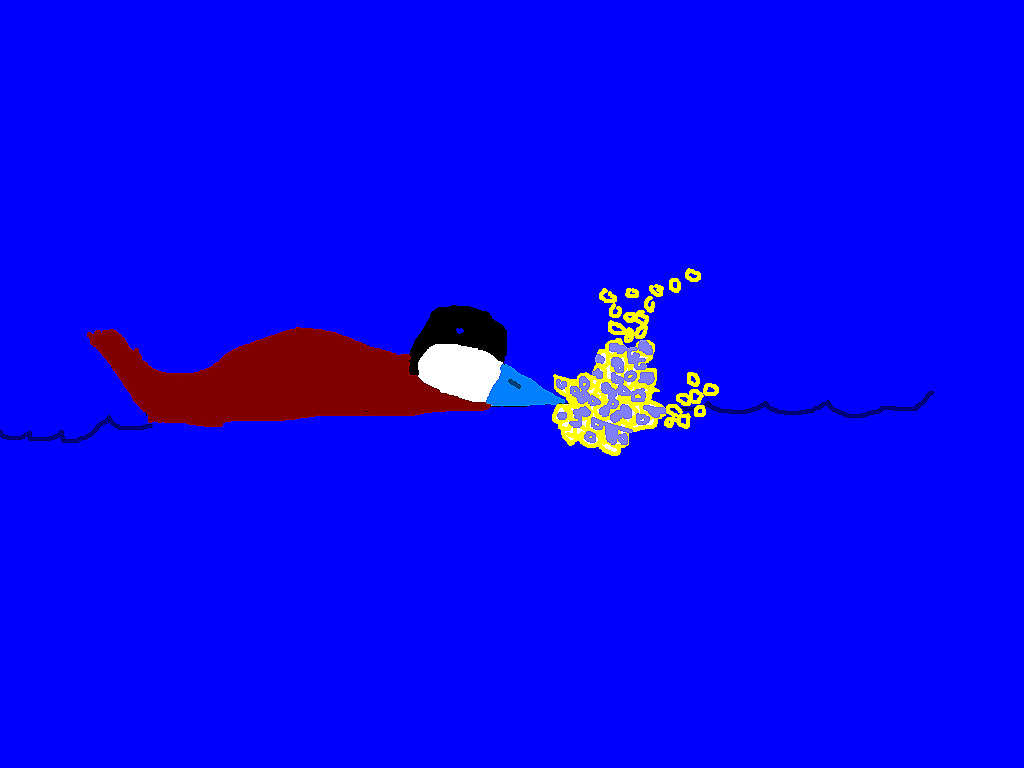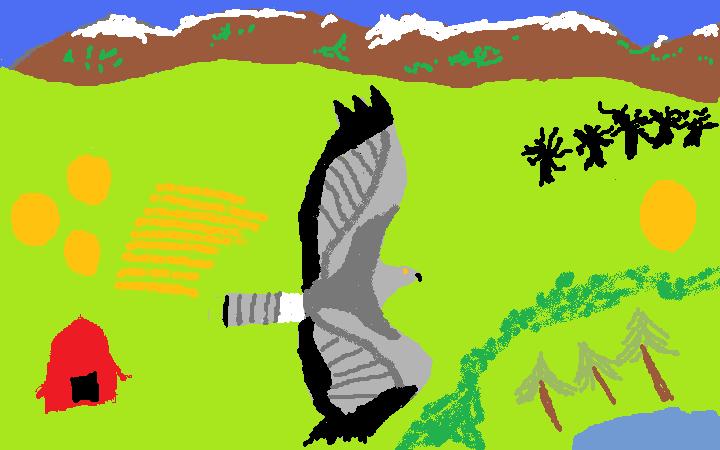|
Hooded Merganser (Lophodytes cucullatus) Hooded mergansers live in forested areas and nest in tree cavities and artificial nest boxes, and they feed primarily on fish, aquatic insects and, especially, crayfish. They take flight by running across the water and once in the air beat their wings constantly, gliding only just before landing, which they accomplish by skiing gracefully across the surface of the water. Because their call resembles that of a pickerel frog, some residents of Georgia call them frog ducks. |
|
Green Kingfisher (Chloroceryle americana) The smallest North American kingfisher, the Green Kingfisher breeds in extreme southern Texas. It nests in three-foot-long burrows that it excavates, and feeds mostly on fish, shrimp and insects, which it captures by diving directly into a pond or stream, disappearing completely for a moment. |
|
Red Crossbill (Loxia curvirostra) Named for their bills that cross rather than shut, crossbills use this adaptation to pry open the cones of spruce, pine, Douglas-fir and hemlock trees. They use their crossed bills like a reversed pair of pliers, prying open the cone so they can remove its seeds with their tongue. A nomadic species, they follow the cone crop and breed wherever they find an adequate source of food. |
|
Rough-legged Hawk (Buteo lagopus) An arctic species that feeds primarily on lemmings and voles, Roughies invade southern Canada and the northern United States when mouse and vole populations spike. They hunt by hovering, or kiting, on motionless wings, turning their head from side to side to search for prey. |
|
Green Jay (Cyanocorax yncas) The United States’ population of green jays occurs in the Rio Grande Valley of Texas, where they thrive in dense, brushy habitats characterized by mesquite and huisache. Yearling green jays remain with their parents during the breeding season, greet them with elaborate displays in early morning and evening and help defend the family territory, albeit they don’t help feed the new brood. |
|
Red-winged Blackbird (Agelaius phoeniceus) One of the most common and abundant birds in North America, Red-wings prefer to nest in large, freshwater marshes. Probably the most polygamous species of bird, Red-wings may breed with as many as fifteen females, most of which will breed with a few other males. |
|
All paintings copyright John Thaxton
|
Northern Harrier (Circus cyaneus) Also known as marsh hawks, Northern Harriers float with a phantasmagoric ease, dreamily slowly, tipping and tilting and constantly adjusting, and now and again they hover for several seconds, sometimes pouncing to the ground and sometimes simply peeling off in a graceful continuation of their glide. |
